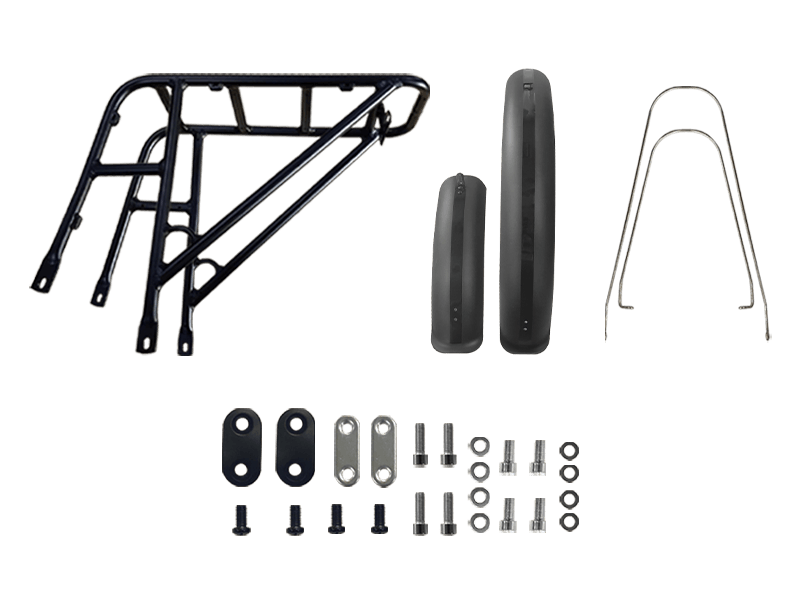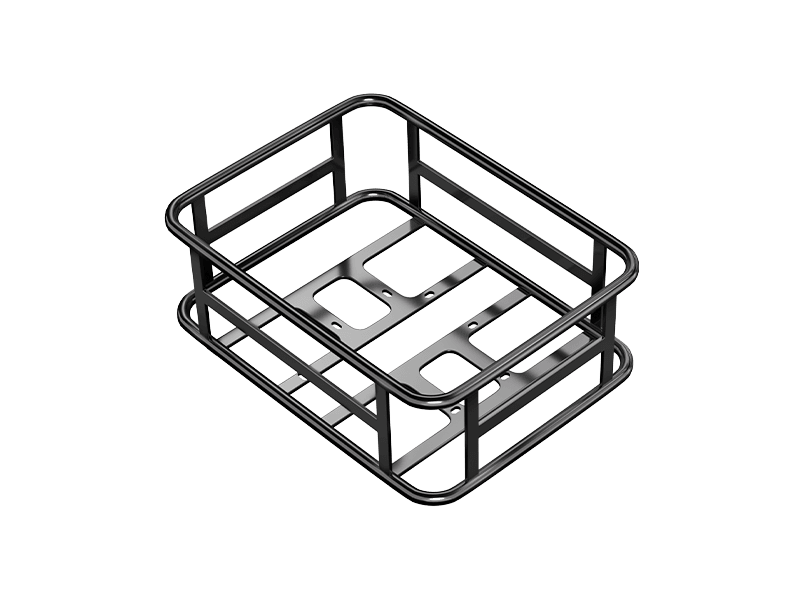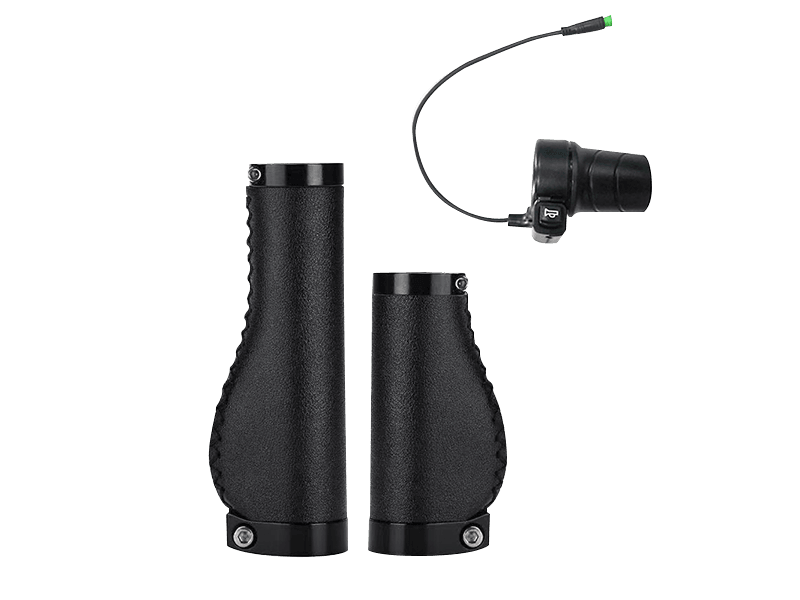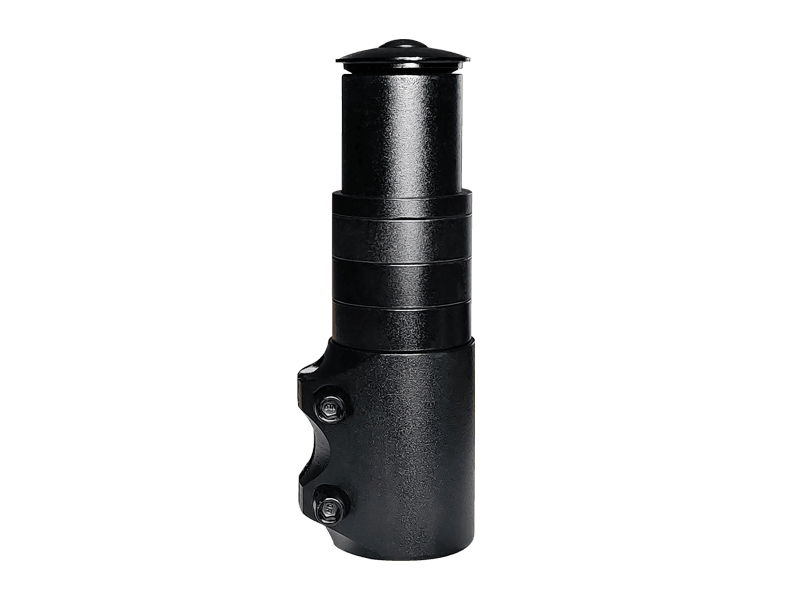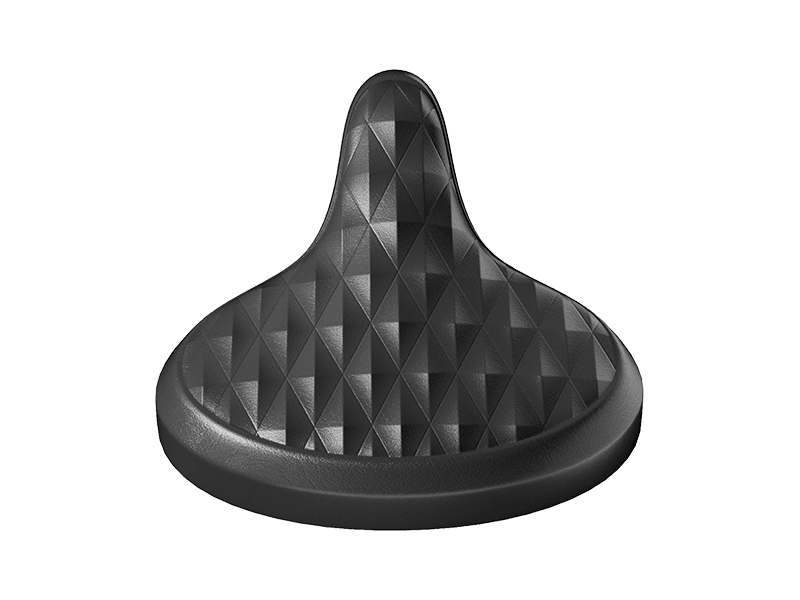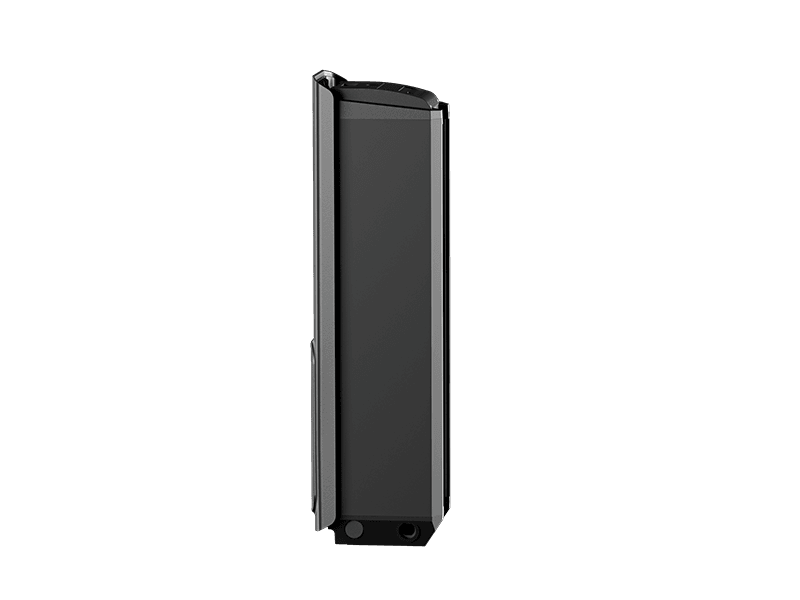How to Adjust Handlebar Height on Your Electric Mountain Bike for a More Comfortable Ride
MAY 22, 2025
Many electric mountain bike (EMTB) riders in the UK find that even a small adjustment to handlebar height can dramatically improve comfort, visibility, and control—especially on longer rides. Whether you’re tackling trails or commuting, getting your riding posture right can reduce fatigue, alleviate pressure on your back and wrists, and enhance confidence on rough terrain.
For FREESKY riders in particular, all models—including Warrior Pro, Alaska Pro, and Ranger—are equipped with high-performance hydraulic disc brakes and all-terrain geometry. However, even with advanced components, discomfort caused by low handlebars or an overly aggressive riding position remains a common issue. That’s where handlebar height adjustments come in.
Why Raise Your Handlebars?
Many riders search phrases like "how to raise handlebars on electric bike" or "e-bike handlebar height adjustment UK" because of a few key discomforts:
-
Neck or shoulder pain caused by a forward-leaning posture.
-
Wrist or hand numbness due to overloading the front of the cockpit.
-
Lower back strain, particularly on long climbs or extended rides.
-
Poor visibility, especially when looking up from a deep forward lean.
Raising the handlebars promotes a more upright, ergonomic riding stance that addresses these issues directly. This is particularly beneficial on fat tyre e-MTBs like those offered by FREESKY, which are built for off-road versatility and stability.
Common Ways to Adjust Handlebar Height on EMTBs
There are four primary methods to raise handlebars on electric mountain bikes:
1. Adjusting Headset Spacers
Many modern bikes allow for fine height adjustment by rearranging the spacers on the steerer tube. You can lower the stem by placing spacers above it, or raise it by moving them below.
Pros:
-
No additional components required
-
Simple and reversible adjustment
Cons:
-
Limited range of adjustment
-
Only effective if you have unused steerer tube length
2. Flipping or Replacing the Stem
Another common method involves flipping the stem (if it's angled) or replacing it with one that has more rise.
Pros:
-
Cost-effective if using existing components
-
Can provide noticeable height increase
Cons:
-
Changes reach as well as height
-
May require re-alignment of brakes and levers
3. Switching to Riser Handlebars
Riser handlebars have built-in elevation and can lift the grips by 20–50 mm depending on design.
Pros:
-
Improves control on rough terrain
-
Also allows wider grip stance
Cons:
-
Requires new handlebar purchase
-
Rise is fixed—no fine-tuning
4. Installing a Stem Extender
A stem extender (also known as a handlebar riser) is a straightforward solution for riders needing more height than what spacers or stem angles allow. It’s an especially popular option among FREESKY riders who prefer upright posture for trail visibility and comfort.
The FREESKY Stem Extender is compatible with all FREESKY e-MTBs. It fits directly onto the steerer tube and allows riders to increase bar height by several adjustable increments—without replacing the stem or bars.
Pros:
-
Provides the widest adjustment range (up to approx. 70 mm)
-
Easy to install and adjust
-
Maintains original cockpit components
Cons:
-
Adds some weight and height to the front end
-
Requires ensuring brake and gear cables have enough slack
👉 [Shop FREESKY Stem Extender Now]

Key Considerations Before Adjusting Handlebar Height
-
Cable Slack: Ensure there is enough length in your brake and gear cables to accommodate increased height.
-
Ride Position: Raising bars too high may reduce front-end traction on climbs—especially on steep trails.
-
Handling: Higher bars offer comfort but may slightly alter handling feel. Always test adjustments before heading onto technical terrain.
-
Torque Settings: Use appropriate tools and avoid overtightening bolts during any adjustments.
Summary: Comfort, Control, and Customisation
Whether you’re looking for better posture, increased visibility, or reduced fatigue, adjusting handlebar height is one of the most effective ways to personalise your FREESKY e-MTB setup. For those wanting a simple, adjustable, and compatible solution, the FREESKY Stem Extender is a reliable upgrade.
By fine-tuning your handlebar height, you’ll ride further, feel better, and get more enjoyment out of every adventure—on or off the trail.


